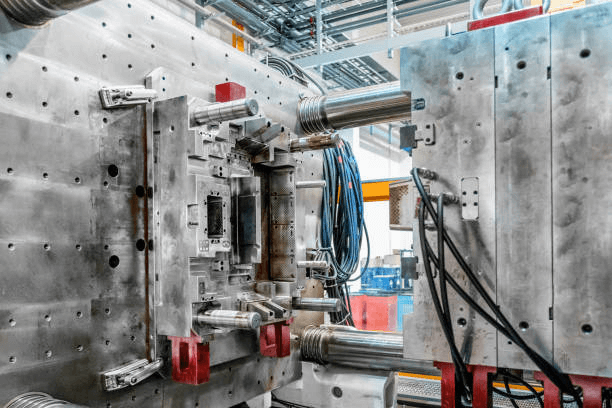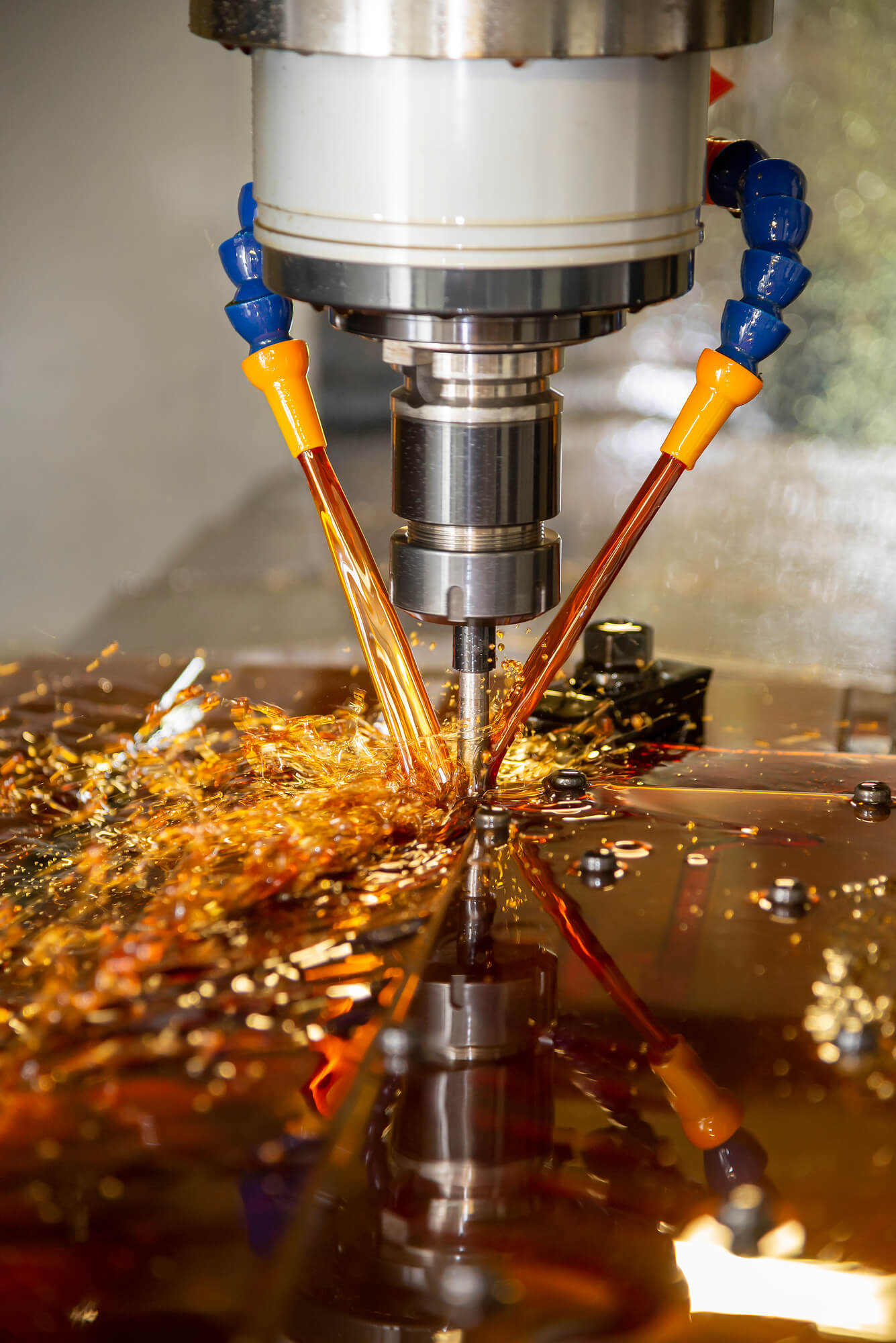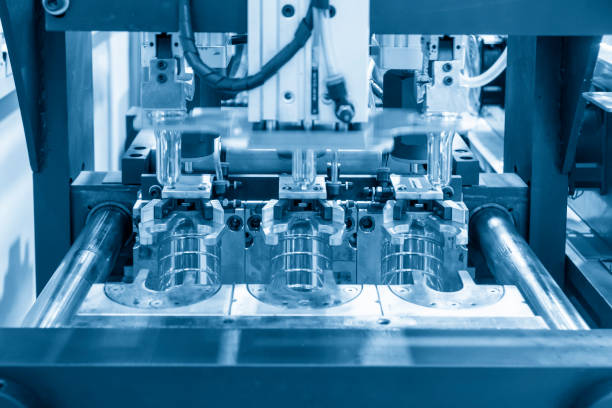Injection molding, one of the most widely used processes for producing plastic parts, is preferred for its capacity to support massive production runs of identical parts. It takes two stages to complete the injection molding process in its most basic form: getting the mold and using it to make parts. Additionally, injection molding is always the least-priced option when producing parts in medium to high volumes, such as when producing medical products such as syringes.
The injection molding process has several applications in automation, construction, medical, etc. When producing medical parts, it is essential to always opt for a reliable medical plastic injection molding company, as one cannot compromise on the quality.
What Is The Injection Molding Process
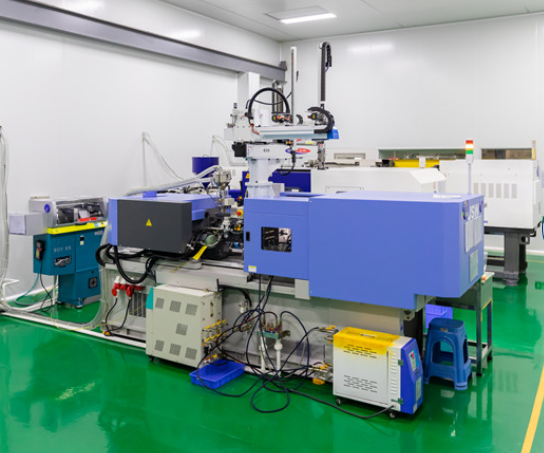
Making plastic injection-molded parts allows for creating parts with different shapes, levels of complexity, and uses. The procedure requires a mold, unprocessed plastic resin, and a horizontal or vertical injection molding press. The final item or parts are created by cooling and solidifying the plastic resin material after it has been melted and injected into the mold by the injection molding process.
The injection molding process is carried out in specialized injection molding machines, or IMMs, which are designed by tons of mold clamping force. These can vary from “micro” injection molding machines with clamping forces of only a few tons that generate minimal parts in teeny molds to huge IMMs with more than 3,000 tons that can hold extensive molds and produce extensive parts like bumper covers.
The plastic injection molding process is frequently used for producing very high volume customized injection molding plastic items. Parts for cars can be molded using large injection molding machines. For surgical purposes, smaller machines can make plastic parts with extreme precision, and a professional medical plastics manufacturer will ensure accuracy and quality. Additionally, various additives and plastic resins can be utilized in injection molding, giving designers and engineers more versatility.
Injection Molding Cycle
It can take as little as two seconds to complete the entire injection molding process for a given set of components. However, more significant and more intricate components can take up to two minutes to finish.
No matter how long it takes to finish the plastic injection molding process, it’s critical to understand the cycle’s basic phases. Below are the injection molding process steps that will help you understand the injection molding process much better.
Material Enters The Barrel
The first step is that the material enters the barrel. The material goes forward via the screw’s grooves as it rotates and enters the barrel. As the substance advances, friction between the plastic grains causes heat to be produced. When the material reaches the screw’s tip, it melts.
Clamping
The two parts of the mold must first be tightly closed by the clamping mechanism before the material is injected into the mold. The injection molding machine is equipped with each half of the mold, with one-half free to slide. The clamping unit is powered hydraulically, so when the molds are injected, these units provide enough strength and keep the mold closed securely. Depending on the machine, larger machines will take longer to seal and clamp the mold.
Material Melts And Mixes
The materials are melted by friction between the revolving screw and barrel.
The Volume Of Material (Shot Sizes In The Barrel Is Created)
The shot size refers to the most plastic injection molding that may be injected during a single molding cycle. The barrel and screw assembly receive pellet feed from the hopper. Knowing the plastic resistance time and the shot sizes is essential to get a high-quality product.
Mold Closes
When the injection mold closes, the Injection Molding cycle timer starts. It’s also crucial to be aware that, in some cases, the cycle begins and stops when a fresh part enters the machine or touches the conveyor belt.
Injection Of The Plastic Into The Mold Cavity
In this step, the plastic materials in pellets formed are fed into the machine. And the heat and pressure are applied, and the pellets melt away. As the pressure in the mold rises, the molten plastic/pellets hold and pack the material.
Dwelling
The mold is filled with melted plastic during the dwelling phase. Direct pressure is given to the mold to guarantee that the liquid fills each cavity and that the finished product closely resembles the mold.
Molten Material Cooling
The cooling process is the easiest to understand; the mold must be left alone during this phase so that the heated plastic within may cool and solidify into a usable product that one can remove from the mold without risk.
Mold Opening
A clamping motor will gradually open the two parts of the mold when the component has cooled, enabling a fast and straightforward removal of the finished item.
Ejection
The ejection mechanism, which is attached to the back half of the mold, allows the cooled item to be removed from the mold once a certain amount of time has passed. A device is used to force the thing out of the mold once it has been opened. After that, the part has to be ejected because when it cools, it shrinks and sticks to the mold. So, to make it easy to inject, a mold release agent is sprayed to make it easier for the part to be ejected.
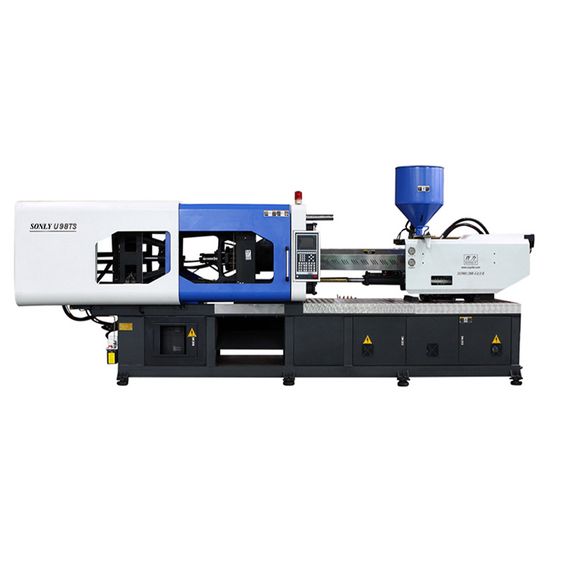
Injection Molding Machine
The injection unit and the clamping unit, which make up the injection molding machine, are explained below, along with their features.
Clamping Unit
The clamping unit’s duties include product ejection, die opening, and closing. An injection molding machine’s clamping mechanism holds the mold closed against the forces created as injection pressure forces material into the closed mold. There are two kinds of clamping techniques: the toggle and the straight-hydraulic type, which uses a hydraulic cylinder to open and close a mold immediately.
The components of a toggle clamping unit are:
- A toggle link.
- A crosshead is attached to the link.
- A driving mechanism for the crosshead.
The toggle clamping unit is a better choice for high-speed injection molding. In the hydraulic unit, the clamping unit gets actuated by a hydraulic cylinder. This cylinder is connected to the mold. The hydraulic cylinder has two sections: the oil input and the exit.
Injection Unit
The purpose of the injection unit is to melt plastic using heat before injecting the liquid plastic into a mold. The plastic injected from the hopper is melted, accumulating in front of the screw, it becomes molten. The injection procedure begins once the necessary volume of molten plastic has been gathered.
Materials Used In The Injection Molding Process
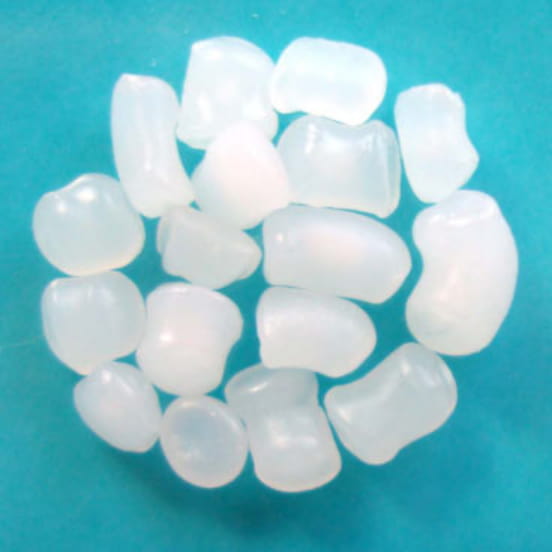
There are countless types of plastic materials for injection molding, such as thermoplastic, polycarbonate, etc. Different plastic resins have various end-use qualities, such as impact resistance, tensile strength, etc. Additionally, there are specific processing requirements for injection molded plastics molting pressure and temperature. Below are some materials used in the plastic injection molding process:
ABS
ABS is a flexible plastic with a comparatively low melting point and high engineering grade. This opaque polymer allows for the application of colorants and various surface treatments and textures.
Polycarbonate
Natural transparency, strength, and portability characterize polycarbonate. This plastic injection molding material presents excellent optical qualities for light transmission.
Polyethylene
The most popular plastic used today is polyethylene, which can be chosen for commercial purposes based on density. There are two types: high-density and low-density polyethylene. They both have chemical resistance but differ in melting temperature, flexibility, transparency, and hardness.
Polypropylene
The second most widely used plastic in the world is polypropylene. It has excellent chemical resistance, a high melting point, keeps its shape after bending or twisting, and won’t break down when exposed to dampness or water.
Different Main Types Of Injection Molding Processes
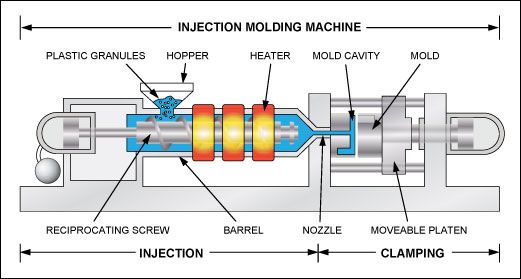
Different injection molding techniques have been employed in various sectors, especially those whose businesses depend heavily on manufacturing. Below are the different main types of injection molding processes.
Injection Molding
It is a manufacturing process that uses molten material to create items by injecting them into a mold. Many materials can be used for injection molding, but the most popular ones are thermoplastic, metals, glassware, elastomers, and confections. It is widely utilized in the medical industry, and medical device injection molding is used to develop syringes, pill bottles, etc.
Also, when producing medical products, it is essential to ensure cleanliness; the room must be free of any pollutants, etc. With the help of injection molding in clean room, businesses can produce complex plastic items without worrying about the adverse effects of bacteria and other pollutants.
Extrusion Molding
Extrusion is an industrial process used to create fiber, hoses, pipes, straws, etc. A long, “tube-like” structure is built when the granules melt into a liquid and are driven through a die. The die’s shape determines the tube’s shape. After cooling, the extrusion takes on a solid shape.
Blow Molding
In the manufacturing sector, hollow plastic products are produced using a molding technique called blow molding. It uses heated, liquid material pressed into a mold cavity under pressure, as in other molding techniques. However, blow molding is a unique kind of molding that makes use of the characteristics of conventional glassblowing.
Compression Molding
A feeding material is inserted into an exposed, heated mold chamber in compression molding. To ensure that the material contacts every part of the mold, the mold is subsequently sealed with a top plug and crushed using sizable hydraulic presses.
Rotational Molding
The plastics molding technique, rotational molding, or rotomolding, is excellent for producing hollow objects. Although it is a casting technique, it does not use pressure as most other plastics processing does. Because the process’s molds don’t need to withstand pressure, they are reasonably cheap and may be produced in relatively short batches at a meager cost.
A reliable plastic molding company provides a range of molding techniques. According to the client’s specifications, they should be able to make standard, safe-to-use plastic device parts using a variety of procedures.
Conclusion
Injection molding is a well-liked production technique for a variety of reasons. Since plastics are a significant component of many consumer items and injection molding is considered one of the best processes for producing plastics, it has proven to be extremely helpful for individuals working in the consumer product development industry. With the use of one mold, injection molding enables manufacturers to produce all of their products repeatedly. You can contact us to get better deals if you are looking for a reliable injection molding company.

